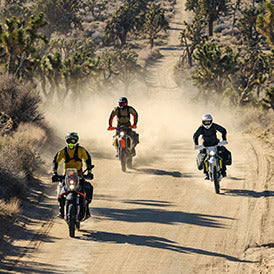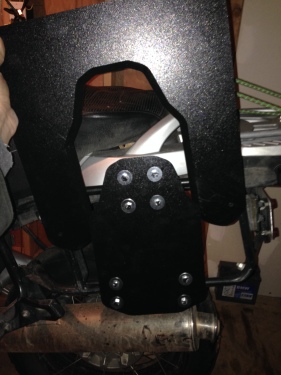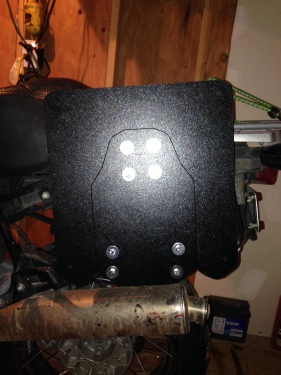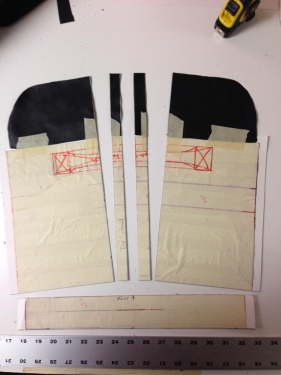Your Cart is Empty
Luggage
Apparel
Events
The Mosko Blog
Ponged… as in Ping-Pong
November 22, 2013
Ponged… as in Ping-Pong
November 21, 2013
PONG (pôNG,päNG) BRIT.informal Verb1. to measure the volume of a bag by filling it with ping-pong balls
In my mind I pictured us constructing prototypes and taking them to multiple factories, choosing the best quote, and then finally placing an order. In reality it doesn’t work that way. In fact it seems like we’re on the “selling” end, pitching our designs to possible partners and hoping one of them decides to take a chance on us. The good news is that we were recently introduced to a factory in Vietnam that looks like a good fit. The last time I was in Vietnam was 10+ years ago on a moto trip. The idea of going back to visit this factory is exciting, and it seems somehow fitting as well.
Pannier
We “ponged” the pannier and were surprised at the result: 32l without the pocket, 38l with. That’s bigger than we expected or intended. However it looks good and holds its shape, and since we’re planning to make a smaller version anyway, we like it.
We got the machined HDPE prototypes back from Hein, so now we can resume work on the mounting system. So far it works great. Here’s the “wedge” on a Hepco Becker rack.
We need some bomb-proof hardware to connect the mounting system to a wide variety of pannier racks. We’re experimenting with an angular self-centering bracket made of either HDPE or aluminum. Hein is doing some CAD drawings this week. Here’s my really fancy concept sketch.

We made a quick and dirty mockup using a 2×4 and jigsaw and they seemed to do the trick.
On the bag itself, we have a ton of small changes for the next round, plus we want to mess around with different colors & fabrics.
We have a new concept for how to make the molle panels extra bomber. Here’s the new molle stencil laid out over hypalon.
More time in Chip’s “office” cutting and sewing
Duffle
The duffle ponged at 60l. Way too big: we were shooting for 45l. Reducing the size of a bag prototype proportionately across all dimensions is relatively easy. But in this case we wanted to reduce certain dimensions but not others, which is tricky when there are so many parts involved.
Here’s a pattern “before” resizing:
And here’s the same pattern “after”
Rackless Pannier/Duffle
We spent more time brainstorming rackless options this week. Last week we thought we’d settled on a concept, but after sleeping on it for a week we changed our minds yet again. Now we’re considering a harness that “holds” a set of three custom-shaped drybags in place. On the surface that might sound similar to the Kriega and Wolfman systems, but we have something quite different in mind. More to follow.
Old
New. Still really rough.
Apparel
The apparel design process kicked off last week. Some key points:
- Minimalist: the features you need, none you don’t.
- Outer Jacket/Pants: a waterproof/vented outer shell with a few (but not too many) pockets, and which fits D30 armor or can be worn over a pressure suit/knee pads.
- Rain Liner/Jacket: A separate zip-in under-jacket for intense/sustained downpours. The under-jacket also functions on its own, so it can be used around camp or in the city.
- Jersey: a riding jersey with D30 armor pockets, so the rider can remove the outer jacket and still be protected when it’s hot.
- Fabric: Top shelf, whatever that means. We’ve heard it’s hard for small companies to get a gore-tex license, so we’ll be looking for a suitable (and ideally better) alternative.
- Maximum versatility: Using layering, the kit needs to work equally well in hot climates and cold, on-road and off, and wet or dry.
- We’re designing with multi-day, unsupported, off-road trips in mind.
Unlike the bags, we won’t be prototyping apparel here in the U.S., so we need to develop this system in conjunction with an overseas factory. Preferably a factory that is well-versed in moto apparel. So our next step is to get some drawings and concept sheets put together, and then we’ll begin the search for a factory.
In other news, this has been one of the best Fall trail-riding seasons I can remember.
Warranty and Crash Replacement
We never cut corners during development or manufacturing, so we stand behind our products. If one fails due to a problem with materials or workmanship, we’ll make it right.
Your are successfully subscribed for email notifications.
Notify me when available
We will send you a notification as soon as this product is available again.
Your email is required
We don't share your email with anybody
x


















